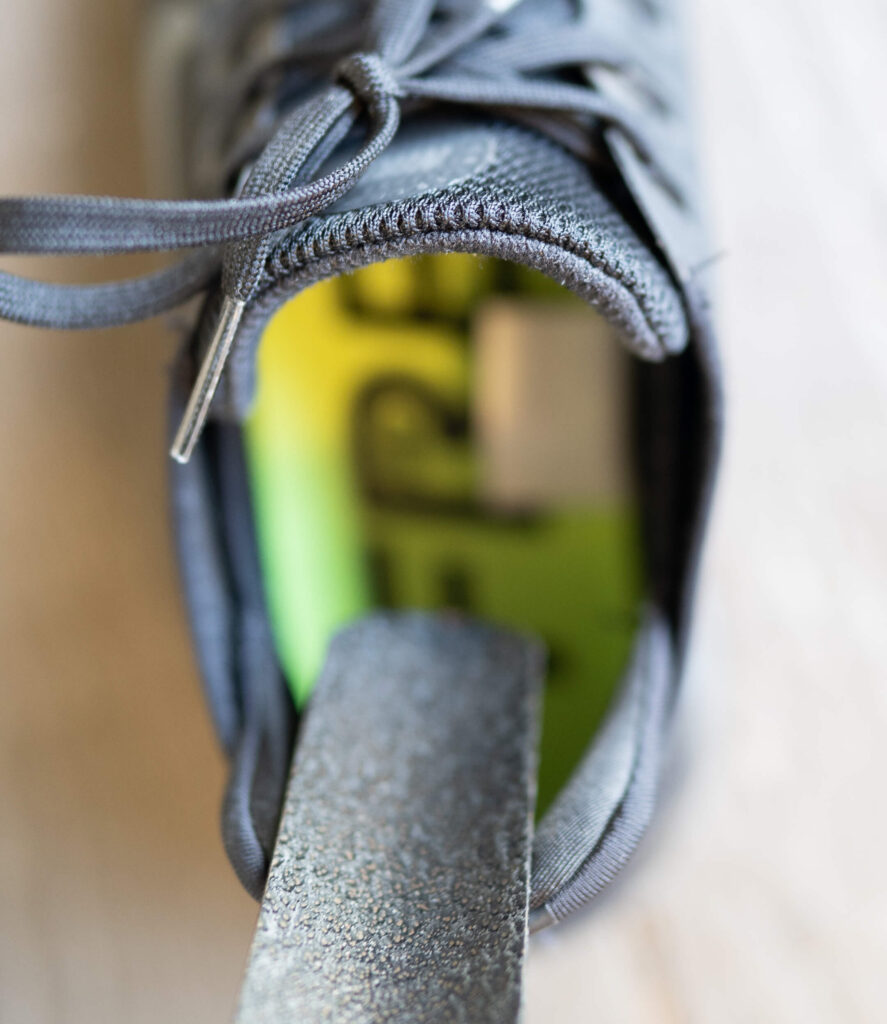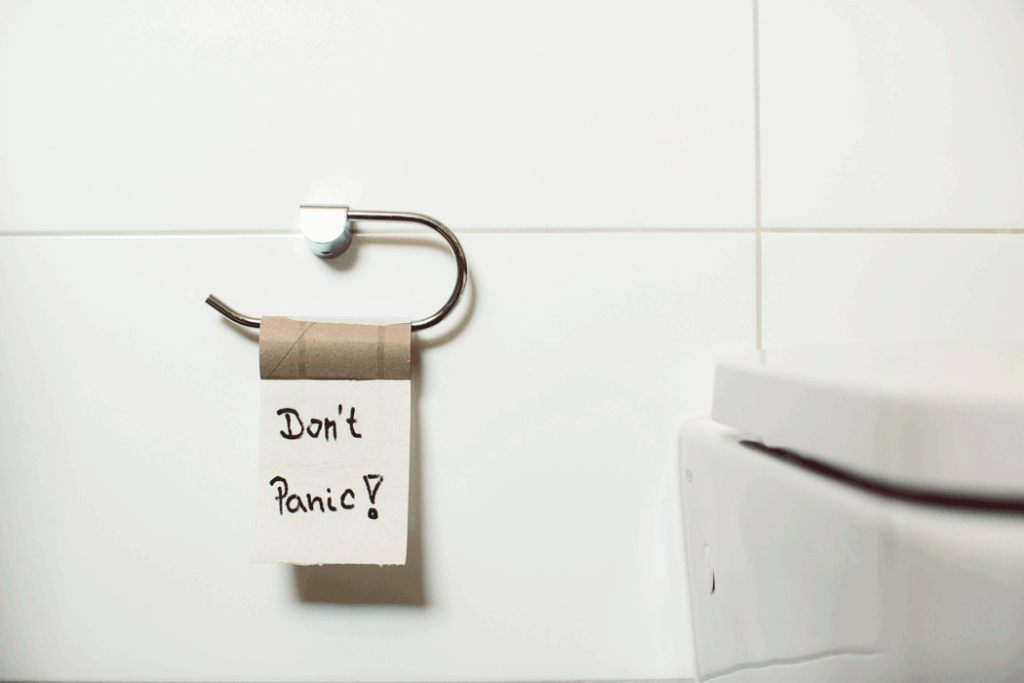Having numbness, tingling, and pain in the hand can sometimes make toileting a little more difficult. It’s not just numbness and tingling but also the weakness and lack of coordination that makes wiping more challenging.
If you’ve undergone carpal tunnel surgery, you likely have a new set of problems related to pain and hypersensitivity.
I’ve found that the easiest way to toilet with carpal tunnel or after surgery is to use a bidet or adaptive equipment. If the symptoms are only in one hand, alternating hands may be the best option.
In this article, I’ll discuss everything you need to know about toileting with carpal tunnel.
Using a bidet for carpal tunnel
Using a bidet for toileting is the best way to deal with carpal tunnel. It takes the hand work out of toileting.
I recommend getting one with warm water, a heated seat, and self-cleansing features.
Sometimes a bidet won’t clean everything. If this happens, use a toilet aid to make the job easier.
Recommend adaptive equipment for carpal tunnel
If wiping is difficult due to pain, weakness, or lack of sensation, try using a bidet or bottom buddy.
A bidet is your easiest solution and will make the job much quicker. It’s like giving yourself a shower without getting in the shower.
Adaptive equipment for toileting makes things a little more difficult because sometimes you won’t have the strength to hold the device. Try out different toileting aides until you find one that works for you.
I generally, look for a toilet aid that has a thick grip handle. This will make toileting easier if its difficult to open or close your hand.
You may also consider using toilet tongs.
Toileting with a splint
If you wear a splint for carpal tunnel, remove it for toileting. If you have a post-op splint from surgery, try toileting with the opposite hand.
You might also want to use a bidet or use spaghetti tongs for easy cleanup. This is usually the case if both hands are impaired.
What clothes to wear for toileting?

With carpal tunnel, you may want to avoid clothes with buttons, belts, or tight clothing. Instead, wear clothes that are loose and easy to don and doff.
Consider pants with elastic waistbands and shoes with elastic shoe laces. Wear a tee shirt, dress, or light shirt.
Avoid clothing with textures that are rough.
Eventually, you will want to wear challenging clothes so you don’t make the problem worse.
After the acute phase, try to wear clothes with larger buttons or practice tying your shoes. You might also consider putting shoes on with a long handheld shoe horn.
Over time, wearing clothes that are more difficult to don/doff will increase your range of motion and strength. This functional exercise is especially important after surgery.
How to transfer onto a toilet without pain
Getting on and off the toilet can be painful after carpal tunnel surgery.
The solution? Don’t sit on a toilet that is too low, and don’t wear pants with buttons.
If the seat is too low, you’ll have to reach or grab the seat to sit down. Instead, use an elevated seat or grab bars to make sitting easier.
You’re also going to need pants without buttons, because otherwise it’s going to be painful and difficult every time you don and doff pants. Use sweatpants, joggers, a dress, or gym shorts to make the transition less painful.
Summary
I hope these tips were helpful. Remember, it’s important to keep working on the exercises recommended by your doctor. If you had surgery, you’ll often begin range of motion right away.
Failure to move the hand can actually increase pain and hypersensitivity. If you’re not sure about what exercises to do check with your doctor.
Subscribe below to learn more OT tips and tricks.

David is the lead editor of OT Focus. He has been practicing as an Occupational Therapist since 2013. He specializes in acute care, hand therapy, and ergonomics.





![How to reduce hand swelling [Hand Therapy basics]](https://otfocus.com/wp-content/uploads/2021/03/How-to-reduce-hand-swelling-1024x576.jpg)